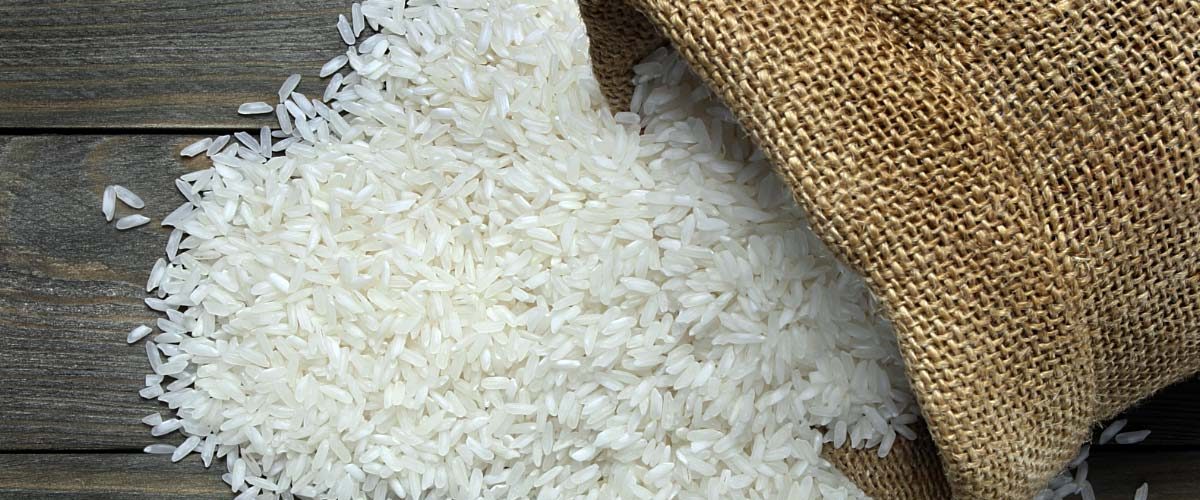Rice belongs to the grass species Oryza glaberrima that is also known as African rice and Oryza sativa also known as Asian rice. According to UN Food and Agriculture Organization (2020), it is the most widely consumed staple food as a cereal grain and feeding world’s human population, particularly in Africa and Asia. It is the agricultural commodity ranked 3rd in production after sugarcane and maize. Substantial portions of Sugarcane and rice also used other than human consumption but rice is the most important food proving nutrition and calorie intake to the human. Rice grains are consumed as primary food while rice flour is used as a key ingredient in numerous products for various uses. Chaffee and King (2012) observed that consumers choose rice and rice flour because it is a source of carbohydrate and is fully nutritious having non-allergic protein and high amounts of unsaturated fatty acid (more than 70%).
Food industries encouraging rice utilization as an alternative ingredient in many products. Rice milling is a process of removal or separation of rice husk and bran to obtain the edible portion for consumption. This process needs required care to prevent excessive breakage of the kernel and maximum recovery of paddy or rice. Generally, there are three milling methods. The first one is the ‘Dry Method’ involves cleaning the rice grains by air blowing and then grinding to obtain rice powder. This flour is considered low quality because of the roughness of the powder, its short storage time, high level of contaminants (husk, dust, stone), and high rancidity.

Besides this, the benefits of dry milling are the low level of loss and less waste during the actual milling. The second method is ‘Wet Milling’ widely having benefits of quality fine powder with fewer contaminants and the disadvantage is a large volume of wastewater. The third milling method is ‘Semi-dry Milling’ employed both wet and dry milling methods
Karimi et al. (2012) said that milling methods had a significant effect on the properties of flour. Pakistan Journal of Nutrition published a study that depicts that Dry milling rice flour is better for making Rice cookies due to high amounts of damaged starch and large particles that give fracturability in texture. Wet-milled-rice flour is suitable for making foods and desserts which need stickiness, oily mouth feel, and smooth texture. Semi-dried rice flour may be attractive ingredients for making non-gluten free products.
















Add comment